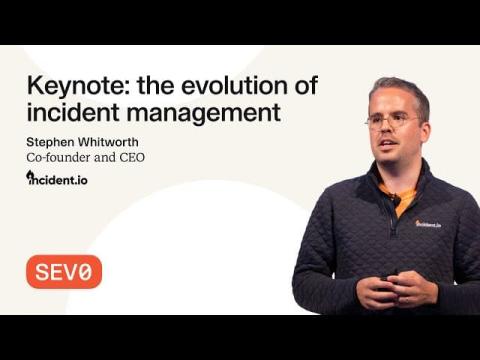CloudFront Pricing: How To Manage And Optimize Your CDN Costs
The CDN market is projected to grow from $27.59 billion in 2024 to $127.13 billion by 2033. The surge in online content consumption, e-commerce expansion, and cloud adoption are some of the leading factors behind this growth. Amazon CloudFront is one of the leading CDN services that offers users efficient and rapid content delivery. However, its costs can be complex due to data transfer fees, request charges, region-specific pricing, and more.











